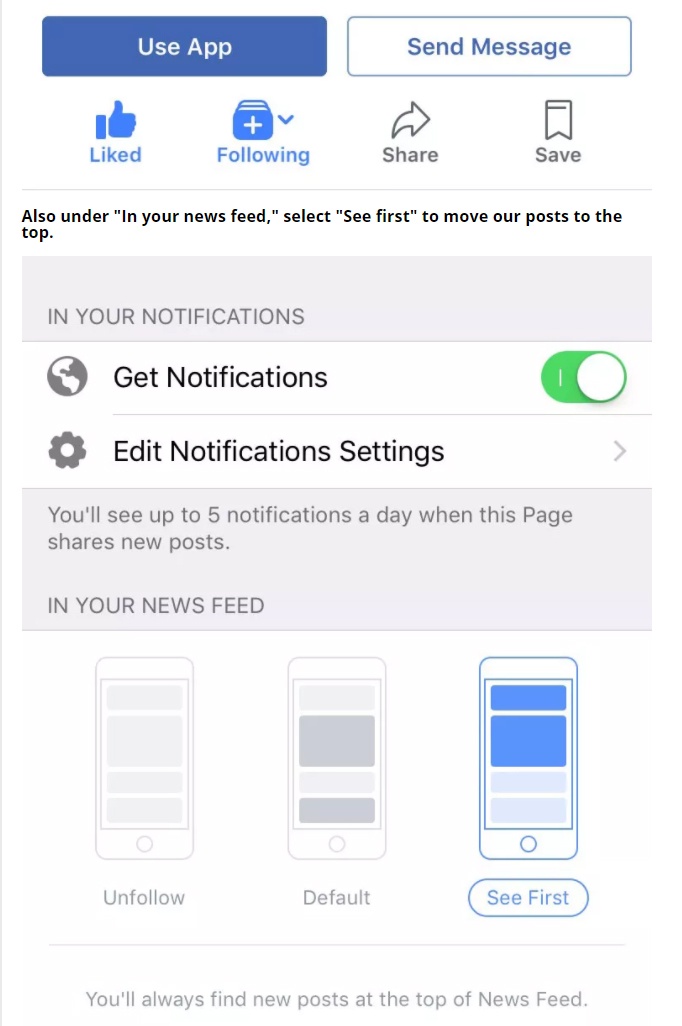HHS Proposes New Rules to Improve Interoperability of EHI
The U.S. Department of Health and Human Services (HHS) has proposed new rules to support seamless and secure access, exchange and use of electronic health information. The rules, issued by the Centers for Medicare & Medicaid Services (CMS) and the Office of the National Coordinator for Health Information Technology (ONC), would increase choice and competition while fostering innovation that promotes patient access to and control over their health information. The proposed ONC rule would require patient electronic access to this electronic health information (EHI) be made available at no cost.
“These proposed rules strive to bring the nation’s health care system one step closer to a point where patients and clinicians have the access they need to all of a patient’s health information, helping them in making better choices about care and treatment,” said HHS Secretary Alex Azar. “By outlining specific requirements about electronic health information, we will be able to help patients, their caregivers, and providers securely access and share health information. These steps forward for health IT are essential to building a health care system that pays for value rather than procedures, especially through empowering patients as consumers.”
CMS’ proposed changes to the health care delivery system support the MyHealthEData initiative and would increase the seamless flow of health information, reduce burden on patients and providers, and foster innovation by unleashing data for researchers and innovators. In 2018, CMS finalized regulations that use potential payment reductions for hospitals and clinicians to encourage providers to improve patient access to their electronic health information. For the first time, CMS is now proposing requirements that Medicaid, the Children’s Health Insurance Program, Medicare Advantage plans and Qualified Health Plans in the Federally-facilitated Exchanges must provide enrollees with immediate electronic access to medical claims and other health information electronically by 2020.
In support of patient-centered health care, CMS would also require these health care providers and plans to implement open data sharing technologies to support transitions of care as patients move between these plan types. By ensuring patients have easy access to their information, and that information follows them on their health care journey, we can reduce burden, and eliminate redundant procedures and testing thus giving clinicians the time to focus on improving care coordination and, ultimately, health outcomes.
“Today’s announcement builds on CMS’ efforts to create a more interoperable healthcare system, which improves patient access, seamless data exchange, and enhanced care coordination,” said CMS Administrator Seema Verma. “By requiring health insurers to share their information in an accessible, format by 2020, 125 million patients will have access to their health claims information electronically. This unprecedented step toward a health care future where patients are able to obtain and share their health data, securely and privately, with just a few clicks, is just the beginning of a digital data revolution that truly empowers American patients.”
The CMS rule also proposes to publicly report providers or hospitals that participate in “information blocking,” practices that unreasonably limit the availability, disclosure, and use of electronic health information undermine efforts to improve interoperability. Making this information publicly available may incentivize providers and clinicians to refrain from such practices.
ONC’s proposed rule promotes secure and more immediate access to health information for patients and their health care providers and new tools allowing for more choice in care and treatment. Specifically, the proposed rule calls on the health care industry to adopt standardized application programming interfaces (APIs), which will help allow individuals to securely and easily access structured and unstructured EHI formats using smartphones and other mobile devices. It also implements the information blocking provisions of the 21st Century Cures Act, including identifying reasonable and necessary activities that do not constitute information blocking. The proposed rule helps ensure patients can electronically access their electronic health information at no cost. The proposed rule also asks for comments on pricing information that could be included as part of their EHI and would help the public see the prices they are paying for their health care.
“By supporting secure access of electronic health information and strongly discouraging information blocking, the proposed rule supports the bi-partisan 21st Century Cures Act. The rule would support patients accessing and sharing their electronic health information while giving them the tools to shop for and coordinate their own health care,” said Don Rucker, M.D., National Coordinator for Health IT. “We encourage everyone – patients, patient advocates, health care providers, health IT developers, health information networks, application innovators, and anyone else interested in the interoperability and transparency of health information – to share their comments on the proposed rule.”
Policies in the proposed CMS and ONC rules align to advance interoperability in several important ways. CMS proposes that entities must conform to the same advanced API standards as those proposed for certified health IT in the ONC proposed rule, as well as including an aligned set of content and vocabulary standards for clinical data classes through the United States Core Data for Interoperability standard (USCDI). Together, these proposed rules address both technical and health care industry factors that create barriers to the interoperability of health information and limit a patient’s ability to access essential health information. Aligning these requirements for payers, health care providers, and health IT developers will help to drive an interoperable health IT infrastructure across systems, ensuring providers and patients have access to health data when and where it is needed.
For a fact sheet on the CMS proposed rule (CMS-9115-P), please visit: https://www.cms.gov/newsroom/fact-sheets/cms-advances-interoperability-patient-access-health-data-through-new-proposals
For fact sheets on the ONC proposed rule, please visit: https://healthit.gov/nprm
To receive more information about CMS’s interoperability efforts, sign-up for listserv notifications, here: https://public.govdelivery.com/accounts/USCMS/subscriber/new?topic_id=USCMS_12443
To view the CMS proposed rule (CMS-9115-P), please visit: https://www.cms.gov/Center/Special-Topic/Interoperability-Center.html
Posted in: Technology
Leave a Comment (0) →





